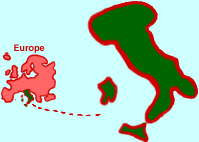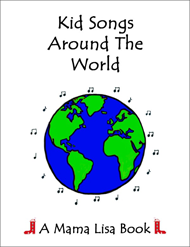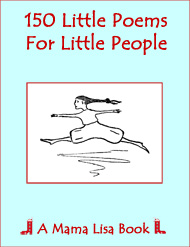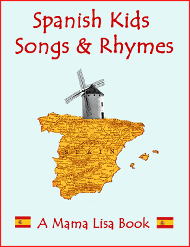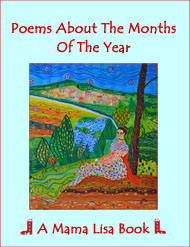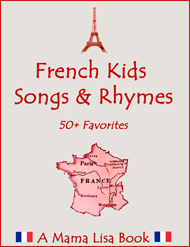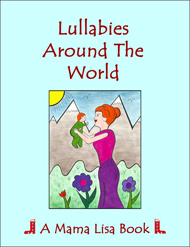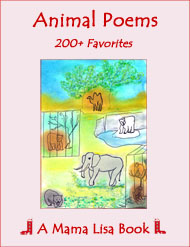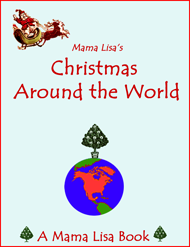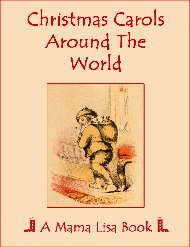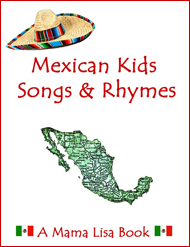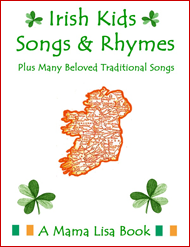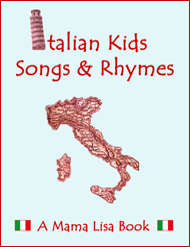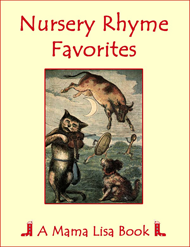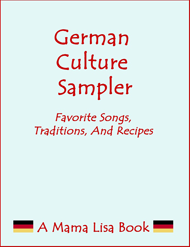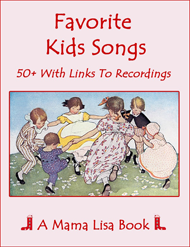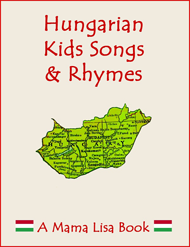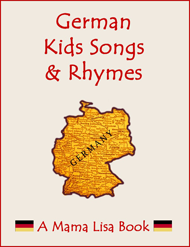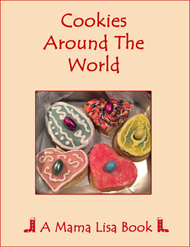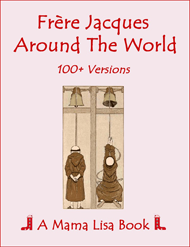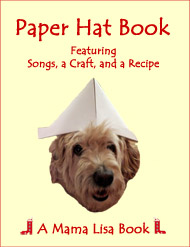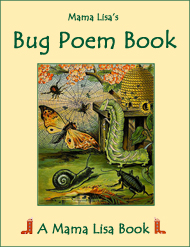Some Comments About Italian Nursery Rhymes
In Italy, the older, traditional filastrocche (nursery rhymes) and songs for children are an endangered species; many of them are not in "official" Italian (which is based on the dialects of Tuscany), but in one of the regional dialects. These dialects, mainly used in the home and in small rural communities, have been handed down orally. But in many regions the use of dialect is declining even within the family, especially among TV-hungry 6-10 year olds(1), so the collective memory of these traditional filastrocche and songs in dialect risks fading with it(2). A few scholars have painstakingly and lovingly collected and studied them(3) but most of these collections and studies of traditional rhymes are for interested adults rather than for children(4).
Italian children don't all grow up knowing and loving the same nursery rhymes in the way that most children growing up in an English-speaking environment do. However, many of the filastrocche do exist in more or less similar versions in different dialects (and some in other European languages - e.g., the Scottish "Pippety Pew" and the French "Frère Jacques").
Traditional Italian filastrocche reflect Christian tradition (many lullabies are about the Infant Jesus and the holy family), and, more obscurely and symbolically, pre-Christian rites, the Moon, the Tarot, magic, the labyrinth, the spirit of corn, the cycle of life - birth, marriage and death - and of the year - seasons, harvest, Lent, Carnival, etc.
-Commentary by Ernestine Shargool
1) According to surveys carried out by Istat, the Institute of Statistics, in 1987-88 and 1995.
2) The use of dialects may be declining, but interest in them (perhaps as a consequence) seems to be increasing. There are many Italian publishers and web sites collecting and publishing traditional filastrocche, proverbs, songs, sayings, poems and prose in different dialects.
3) E.g., the books I have used for reference: Carlo Lapucci, Il libro delle filastrocche, Garzanti, 1987; A. Mari, A.V. Savona, M.L. Straniero: Sotto la Cappa del Camino, Arnoldo Mondadori, 1985; Silvia Goi, Il segreto delle filastrocche, Xenia Edizioni, 1991.
4) Some much-loved modern children's authors have written and published their own very popular collections of filastrocche.
Ernestine Shargool is a professional translator with an Anglo-Italian background and a lifelong interest in children's rhymes and folk tales from Italy, England and Scotland. She has translated many traditional nursery rhymes from English into Italian.
Click Here for bibliography of Italian selections.
Many thanks to Ernestine Shargool for taking the time to write commentary about Italian nursery rhymes and songs. -Grazie!

